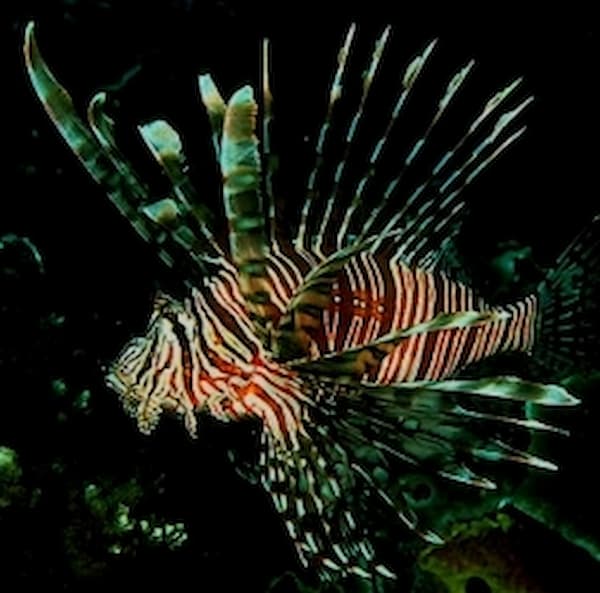Benthic Carnivores
Benthic carnivores (also referred to as benthivores) are one of two types of coral reef fishes that fall under the more general classification of carnivores (meat eaters).
As a group, carnivores make up the majority of fish species associated with coral reef ecosystems.
Benthivores (discussed on this page) are fishes that that browse and feed mainly on invertebrate animals found on, or very near, the sea floor of coral reef ecosystems.
The second type, called piscivores, are those carnivorous fishes that primarily feed by hunting other fishes, most commonly in the open waters well above coral reef substrates. Piscivorous coral reef fishes are discussed on another page of this five-page section on coral reef fishes.
It should be noted that the two categories are not necessarily mutually exclusive in all species. Some “benthivores” also will take small fishes if given the chance, and some carnivorous species may fed primarily as benthivores while still small but “switch” to feeding as piscivores when attaining sufficient size.
Benthic carnivores comprise the largest single feeding category among coral reef fishes in terms of the number of species employing the carnivorous life style. Coral reef environments offer a variety of substrate types on which to hunt and feed, and each of these in turn has a wide variety of different kinds of invertebrate animals that might serve as prey.
Some benthic carnivores are diurnal predators (feeding by day) while others are nocturnal or night time feeders. Some hunt mainly on coral reef substrates, while others prowl the sand flats and seagrass meadows in search of prey. Each of these hunting strategies requires different adaptations, and is one reason for the extraordinary diversity of coral reef fishes.


